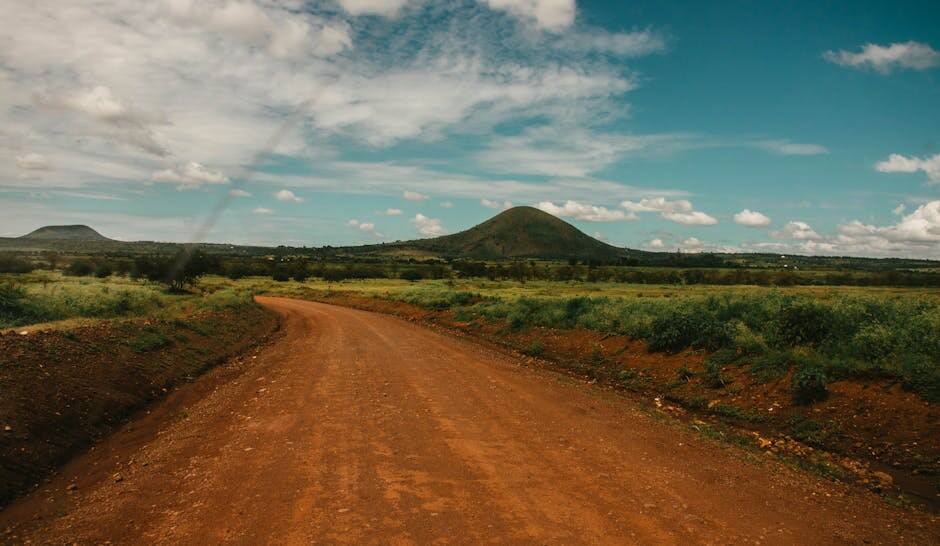
How Many Animals Are There In Ngorongoro?
Have you ever wondered how many animals in Ngorongoro can coexist within such a relatively small area? Surprisingly, the numbers are substantial. In fact, estimates suggest that around 25,000 large mammals inhabit Ngorongoro Crater at any given time. Because the crater’s floor covers roughly 260 square kilometers, this high concentration of wildlife is remarkable. Moreover, the reliable water supply, lush grasses, and varied habitats support an abundance of herbivores, which in turn sustain a healthy population of predators. Consequently, Ngorongoro’s stable conditions lead to a dynamic balance where no single species dominates at the expense of another.
In addition, these figures do not even account for the myriad smaller animals, insects, and birds that also thrive here. From the brilliantly pink flamingos wading in Lake Magadi to colorful bee-eaters darting through the air, the crater harbors a diversity of life forms at every level. Therefore, Ngorongoro functions as a microcosm of an ideal African savanna ecosystem—reliable rainfall patterns, rich volcanic soils, and careful conservation measures all contribute to its enduring productivity.
Furthermore, wildebeest, zebra, and Thomson’s gazelle form the bulk of the herbivore population, grazing year-round thanks to the crater’s fertile pastures. As a result, lions and hyenas find ample prey, maintaining strong populations of their own. Elephants, though fewer in number, also roam these plains, while critically endangered black rhinos add a rare and valuable dimension to the crater’s biodiversity. Indeed, it is the combination of these different species that makes Ngorongoro so special.
Likewise, the Ngorongoro Conservation Area Authority works diligently to ensure that wildlife numbers remain stable over time. Conservation strategies, such as controlled tourism and anti-poaching initiatives, help protect the area’s integrity. In addition, the shared land-use model, where Maasai pastoralists coexist with wildlife, fosters a unique balance. This synergy, rare in many protected areas, allows both people and animals to benefit from the crater’s bounty.
As a result, the high population counts underscore the crater’s unparalleled viewing opportunities. In other words, visitors can witness multiple species interacting within a small geographic space. For example, it is not uncommon to see zebra and wildebeest grazing side by side, while nearby predators assess their next move. This exceptional density means that a short drive often reveals a variety of animals that would be more dispersed in other ecosystems.
Now that you understand just how many animals inhabit Ngorongoro, you might wonder what allows this region to support such a thriving community. Why do so many animals live in Ngorongoro Crater, and what factors combine to create this enviable scenario of abundance? To discover the underlying reasons behind this remarkable concentration of wildlife, continue reading the next article: “Why Do So Many Animals Live In Ngorongoro Crater?” By understanding the key factors involved, you will deepen your appreciation for one of Africa’s most extraordinary natural wonders.

